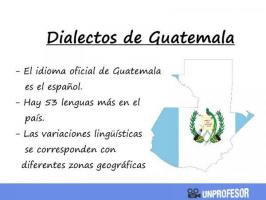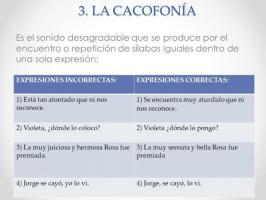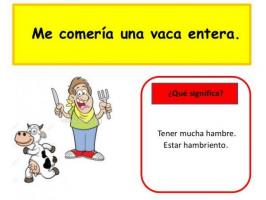What is a DIRECT speech

When we narrate a story and the characters we have created for it interact, they can do so in different ways. Depending on how the dialogue appears in the narration we can speak of direct or indirect speech. Both are very common, for example, in novels and, believe it or not, in everyday everyday conversations as well. Therefore, it is very important to know the difference between both types of speech. Knowing all this, in a teacher we are going to help you understand what is a direct speech and with examples. Can you come with us?
When we speak of discourse we refer to interaction, that is, to the dialogue that occurs between the interlocutors of a conversation, whether in real life or in a novel. In reality, it does not always have to refer to a conversation between people, but rather the speech focuses more on what a person expresses, orally or in writing, and how they say it.
Therefore, the speech would be the sentence or set of sentences what a person says to express their feelings or thoughts. For instance:
- I'm going to buy a new computer- said Juan.
- Andrea said that she should have started studying earlier, as the test result was not quite good.
As we can see, discourse is the dialogue or conversation that is found in any interaction, even if there is no receiver (when we speak alone it would also be part of a speech). Now that we know more or less what speech is, we would be interested in knowing what direct speech is.

Image: Slidetodoc
Very easy. Direct speech shows, either orally or in writing, in a direct and literal way the thoughts of the interlocutor who speaks or expresses their feelings. This means that what one says is directly reflected.
Normally, when we see it in written form, it is found between quotation marks (“…”) or between hyphens (-… -). In addition, it is usually accompanied by verbs (very commonly in the past, although we can find them in other verb tenses) that reflect the communicative action such as: clarify, admit, warn, add, announce, argue, add, compare, consult, say, defend, develop, doubt, enunciate, explain, express, shout, deny, ask, support, etc.
The most common is to use this direct speech, as we said, to express the thoughts or feelings of the issuer, however, It can also be used to talk about things someone else said. In those cases in which we talk about what another person said directly, we would be talking about a direct quote.
It's important to know differentiate direct from indirect style in order to understand what the two main forms of discourse are.
Direct vs indirect speech
As for the examples that we have seen previously, the one that would appear directly would be:
I'm going to buy a new computer- said Juan.
Before moving on to the examples, we must understand that, for there to be a direct style of discourse, there must be an indirect style. In that indirect style of which we speak, hyphens or quotation marks are not used, and what the issuer expresses reflects what another person said before. In this way, and in short, what another person has said is interpreted. It may seem very difficult to understand the concept, but it is actually very easy. Of the two examples that we have seen above, the one that would belong to indirect discourse would be:
Andrea said that she should have started studying earlier, as the test result was not quite good.
As we can see, what Andrea said is not being expressed directly, but is being interpreted indirectly. In fact, the direct form of this speech would be:
I should have started studying earlier, since the test result has not been all good - said Andrea.
Similarly, the indirect speech version of the example of Juan and the new computer would be as follows:
Juan said that he was going to buy a new computer.

Image: Differentiating
There may be a bit of confusion, but there is nothing to worry about. With a few examples of direct speech we will see much clearer the difference between direct speech and indirect speech. We will see in these examples the same speech directly and indirectly, and so it will be much easier. Go for it!
- Indirect speech: Vicente announced that he was going to move to another town.
- Direct speech:"I'm going to move to another town," Vicente announced.
- Indirect speech: Laura said that she hadn't seen me for a long time and that she missed me.
- Direct speech: -I haven't seen you for a long time and I missed you- said Laura.
- Indirect speech: I told Pedro to relax, that there was nothing to worry about.
- Direct speech:"Relax, Pedro, there is nothing to worry about," I told Pedro.




